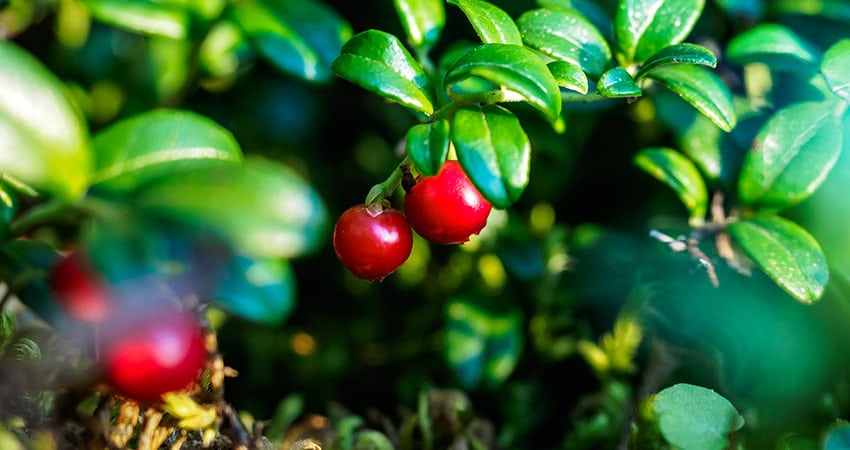Take a walk in the Rocky Mountains, and you’ll see a mind-boggling number of wildflowers—there are over 3,000 species in this vast territory. They start blooming in the spring and go well into the fall, depending on altitude and sunshine. They show their blossoms at different times of the year for better odds of pollination. (If they all bloomed at the same time, they’d be out of luck in that department.) When you see a blaze of Indian Paintbrush, and a hill covered with blue lupine, your spirits soar.

Share this Graphic On Your Site
Native Americans in the Rockies, early mountain men, and Mormon settlers were adept at foraging plants and using them for dried ornaments, dyes, and medicine. People who later migrated from the plains and forests of the East weren’t as well-versed in wildflowers. One plant often looks very similar to its cousin, and the difference in effect can be calamitous.
Mormon Tea comes from a nettle-looking bush. The nettles are picked and boiled in water. The tea isn’t delicious, but it’s passable. It was, and still is, used to give a person an abundance of energy. The bush has dusky-colored leaves and no scent. In the world of the Rocky Mountains, it’s a plain Jane, but it grows everywhere up to 7,000 feet.
Settlers brought their rock roses with them and, despite the fact that they’re originally Mediterranean, several varieties thrived and went wild. These roses grow with zero care, and they are beautiful. People use the blossoms to flavor water or honey. Oil made from the seeds of rose hips is great for your skin, and some swear by the curative effect when rubbed onto a scar.
The squawberry bush doesn’t have a PC name, but local Native Americans still call it that. The small, red fruits are eaten by many tribes—it’s good raw or dried—and it lasts through the winter. When dried, it can be ground with corn meal, adding a little zest to an otherwise bland treat. The branches are broken up and used for making baskets, backrests, and furniture. Over the centuries, people have thought it could cure everything from small pox to sore gums. It’s even been used as a deodorant. This hardy and pretty bush, which grows taller and wilder over time, is a Rocky Mountain favorite.
Some flowers cover large swaths of the Rockies. Hills and sunny valleys are blanketed with wild sunflowers in the middle of summer. When they’re done showing off their colors, turn a sunflower’s head upside down, and you’ll have loads of seeds to munch. Every now and then, a dark orange flower rises up from the crowd. Dandelions, too, are profuse. Every part of this plant is useful, and some people even pickle the roots!
Wild alfalfa is everywhere—some dry it and make flour. Globe mallow is a particular beauty. It looks as if it grew up in a hothouse. The blossoms are bright orange and they stand tall; their leaves are similar to a snapdragon’s. Mosses are used to protect seeds, for basketry, and to chink holes in cabins. Many small beauties grow at the shady base of shimmering aspen trees.
When you’re driving on a Rocky Mountain road, and you spot a patch of wildflowers, forget your watch.Take time to let the wonder of these plants, bold enough to grow in sometimes harsh conditions, become part of your travel memories.
The Rocky Mountains are home to wildflowers, crystalline rivers, magnificent mountains, plus excellent towns and cities. Your Destination Expert can plan the mountain travel of your dreams.










